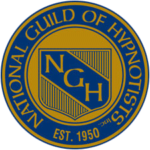Note: All the information in this article is being shared solely for educational purposes and provided the public information in order to help individuals help themselves and loved ones. Let this be a blessing for you and others. Share. Scroll down to find exercises and postures that you can use. I offer my gratitude to those who shared these Brain Gym exercises. These are being shared to promote learning, education, research and debate and being published here for posterity.
What is Brain Gym?
Brain Gym is a program or a set of physical exercises, games, mental tasks, visualizations, and activities that aim at helping improve brain function, enhance learning, memory, attention, coordination, lower stress and anxiety, and boost overall cognitive performance. The exercises involve physical movements, such as crawling, touching fingers, and spinning around. There is a lack of mainstream scientific consensus on some of the benefits of this system. I have personally used these postures with my clients with good results.
Brain Gym was developed by educator Paul E. Dennison and his wife, Gail E. Dennison, in the 1980s. The program includes 26 simple and easy-to-do movements and activities that are designed to enhance communication between the brain and body, improve concentration, reduce stress, and promote overall physical and mental well-being.
Brain Gym is based on these principles or theories:
- Movement and physical activity can help to stimulate neural pathways in the brain and create new connections.
- Movement can increase blood flow to the brain and stimulate neural connections, resulting in better cognitive functioning.
- Certain postures can help hemispheric synchronization or hemispheric integration.
- Postures can calm the nervous system. These are considered beneficial for improving memory, attention, and focus.
The Brain Gym movements and activities are often used in educational settings, such as schools, to help students improve their learning and academic performance. The postures and movements are also used by therapists, coaches, and individuals of all ages who want to enhance their cognitive abilities and achieve optimal brain functioning, and for other benefits.
I have used Brain Gym postures during therapy sessions, in coaching sessions, and with PSYCH-K balances, mostly with adults. The vast majority of these adults saw improvements.
Here are some of the benefits associated to, or claimed to be linked to, Brain Gym:
Enhance learning: Brain Gym exercises help to improve coordination and balance, which are essential skills for learning. By stimulating different areas of the brain, these exercises can help to improve reading, writing, and math skills.
Reduce stress and anxiety: Brain Gym activities are designed to help release tension and reduce stress. By promoting relaxation and reducing anxiety, Brain Gym can improve overall well-being and cognitive performance.
Improve memory and concentration: Brain Gym exercises can help to improve memory and concentration by stimulating the brain’s neural pathways. This can help students to retain information and focus better in the classroom.
Boost creativity: Brain Gym activities can help to enhance creativity by encouraging students to think outside the box and develop new ideas. This can be particularly useful in subjects such as art and music.
Improve physical health: Brain Gym exercises can help to improve physical health by promoting physical activity and improving overall coordination and balance. This can be particularly beneficial for children who are not naturally inclined towards physical activity.
Promote hemispheric integration and balance, leading to improved academic performance, focus, and overall well-being as well as re-setting the nervous system.
Physical Movements You Can Use
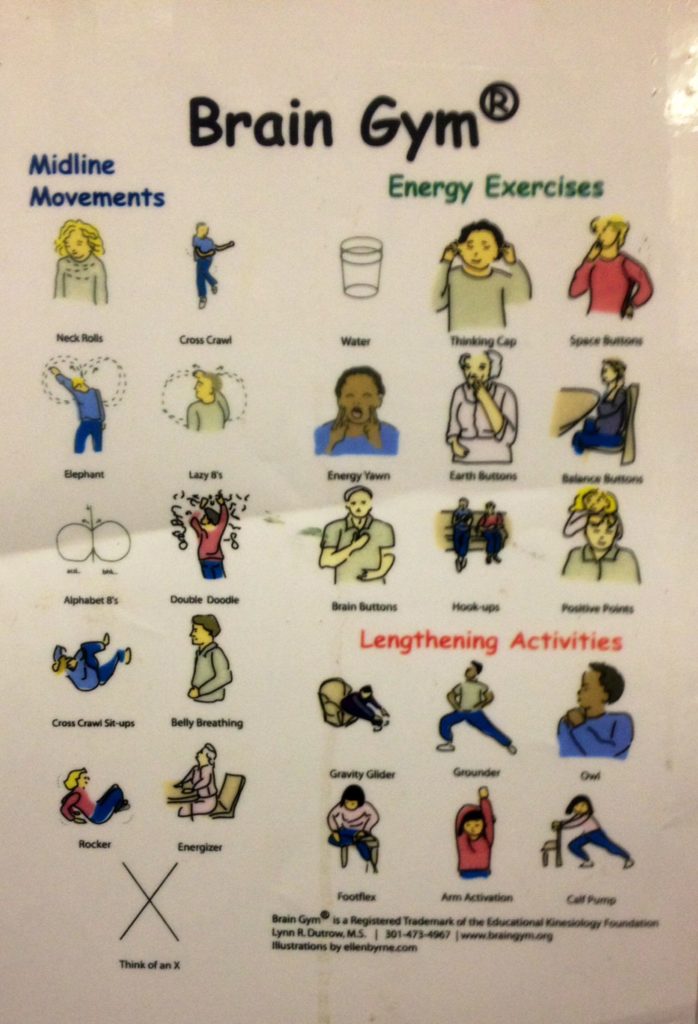
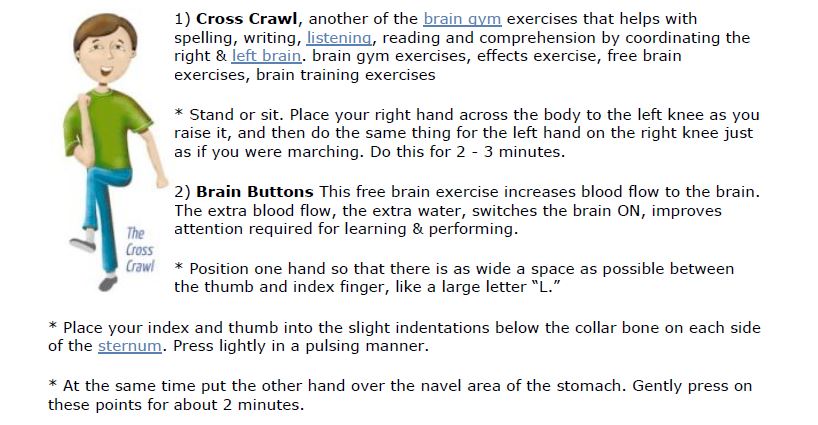
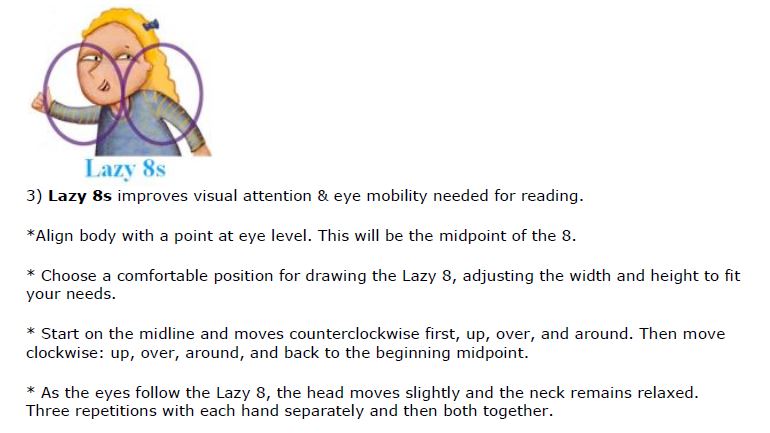

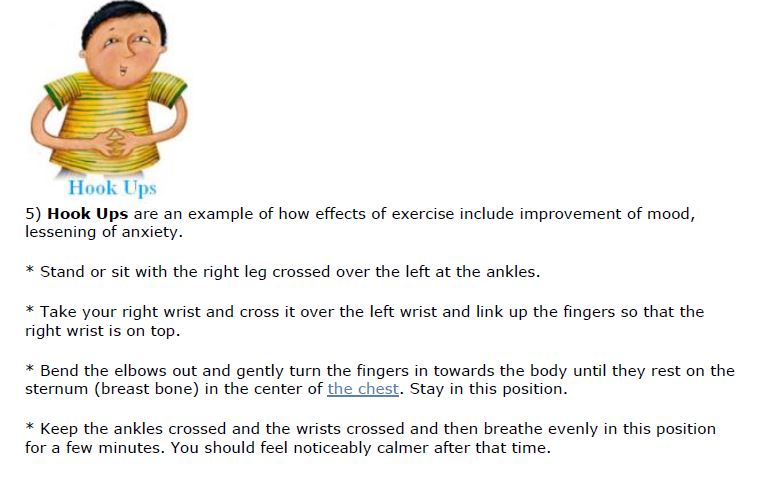
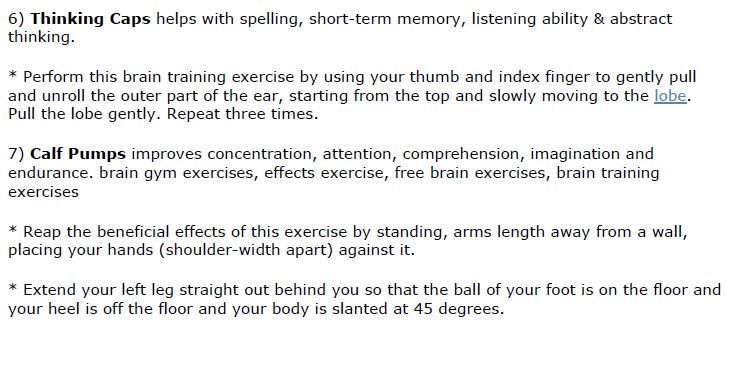
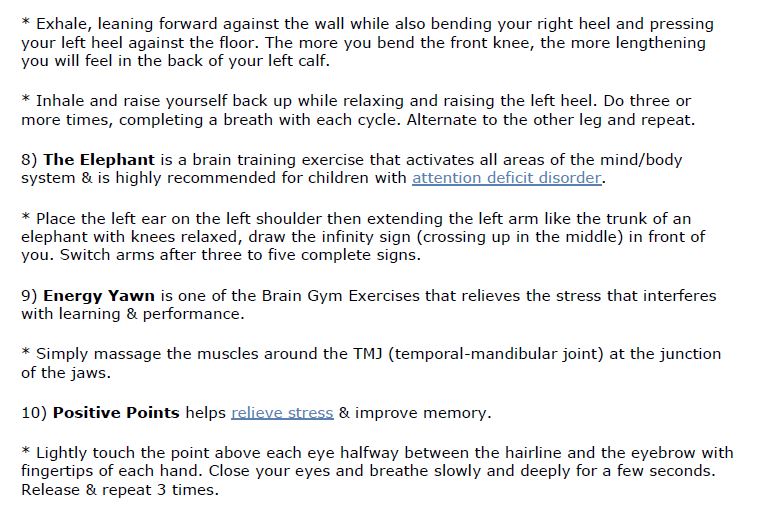
Download the above 10 exercises in PDF form from the original source here
and visit the Sophia institute (source of the free PDF) for more. Visit Brain Gym .com website for more. Note: BrainGym.org is not longer online. <- This is why I share certain information here for the sake of posterity and ease of access by those in need.
Disclaimers:
The effectiveness is not well established scientifically-speaking. As is the case, customarily, more research is needed to determine the benefits and limitations of Brain Gym and its potential role in education and cognitive training. According to a 2013 systematic review published in the peer-reviewed journal “Frontiers in Psychology,” “there is no convincing scientific evidence that supports the use of Brain Gym for enhancing cognitive performance.” Critics argue that Brain Gym lacks a theoretical basis and scientific validation and that any observed effects may be due to placebo or other factors.
The Brain Gym website offers the customary disclaimer that the program is not a substitute for medical or psychological treatment and does not claim to treat any medical condition.
Brain Gym is not intended to treat any medical conditions.
.
Final notes:
As I mentioned earlier, the majority of my adult clients have found the Brain Gym movements and postures helpful. Keep in mind that: “Lack of scientific evidence is not evidence of lack.”. Keep in mind that placebo is a significant phenomena that is real and used daily. A major portion of the benefits of pharma drugs is attributed to the placebo effect. Additionally, moving gets you out of your thinking and into feeling, breathing, and intentional movement does help with helping calm the nervous system.
In my opinion, some of these postures help the vagus nerve. There is also anecdotal evidence that the postures help induce hypnosis or synchronize the brain hemispheres, or at least to lower guards or blocks that prevent learning and re-learning. If you do not want to practice these movements, then simply take a deep breath, exhale slowly while relaxing any tension that comes to your attention.
We cannot ignore the importance of intention. Entering any activity with an intention often increases the chances that a person would find what they expect, or intend to see.
In my opinion, another benefit of the postures is the possibility of using these to change the state of awareness, shifting the person’s awareness into what some consider to be hypnosis, a trance, an altered state of mind, one that is not focused on thinking and the Beta brain waves, but rather the relaxation, more present, state of mind often associated with the alpha brain waves. To my knowledge there are no studies to back this opinion. Many factors will impact whether or not any person would experience this state of mind. Brain Gym is not the best method to induce hypnosis, having said that, it could be used for that purpose if the client is being guided / or knows how to use some postures towards inducing self hypnosis ie. causing a change on the brain waves or state of awareness.
These postures are tools, just as your breathing itself is a tool. You do not need a conclusive abundance of very expensive scientific studies to give you permission to use tools that others have found helpful.
Give yourself permission to use tools to help yourself. Let the scientific academia community do what they do, and you do you. Be yourself, do what you want, as long as it is beneficial.
Be well my friends,
Ethan E. Wise, MA
References:
- Archived pages of the Brain Gym . org website from 2018 can be found here
- Brain Gym International website: https://braingym.org/about/
- Brain Gym International. (2018). What is Brain Gym®? Retrieved from https://www.braingym.org/what-is-brain-gym/
- Blakeslee, S. (2001). New York Times. Critics say popular exercises for children are not grounded in science. Retrieved from https://www.nytimes.com/2001/11/13/us/critics-say-popular-exercises-for-children-are-not-grounded-in-science.html
- Costa, L. D. F., & Ferreira, M. B. (2011). Brain Gym: A program that does not improve cognitive performance. Journal of Behavioral and Brain Science, 1(1), 16-22.
- Hannaford, C. (1995). Smart moves: Why learning is not all in your head. Great Ocean Publishers.
- Hyatt, K. J., & Lee, S. M. (2001). The effect of Brain Gym on academic performance in children. Journal of Educational Research, 94(5), 308-312.
- Hyatt, K. J., & Petersen, J. M. (2014). The effectiveness of movement-based programs on academic performance and behavior in children and adolescents: A systematic review. Journal of Physical Activity and Health, 11(8), 1576-1588.
- Jensen, E. (2005). Teaching with the brain in mind. ASCD.
- Nuzzo, R. (2014). Can exercises boost our brainpower? Nature, 507(7491), 26-28.
- Plass, A. M., Kompus, K., Skjerve, A., & Ramberg, A. (2017). Is Brain Gym an effective educational intervention? A systematic review and meta-analysis. Trends in Neuroscience and Education, 6, 30-36.
- Ratey, J. J. (2008). Spark: The revolutionary new science of exercise and the brain. Little, Brown.
- Scientific review: Hyatt, K. J., Kostelnik, B., Shull, R. D., & Vander Meer, L. (2013). A systematic review of the evidence for the effectiveness of Brain Gym. Frontiers in psychology, 4, 857. https://doi.org/10.3389/fpsyg.2013.00857
- Visser, J. (2015). A critique of Brain Gym. Physical Educator, 72(1), 116-131.
The “do not” disclaimer: Nothing in this article or any article posted here or written by Ethan is to be considered medical advice. This is “not” approved by any doctor AMA, FDA, etc.. and is not a treatment to any medical condition. In fact you are encouraged not to take anything you read here as helpful advice and not to read more articles and not to consider anything you read helpful.






